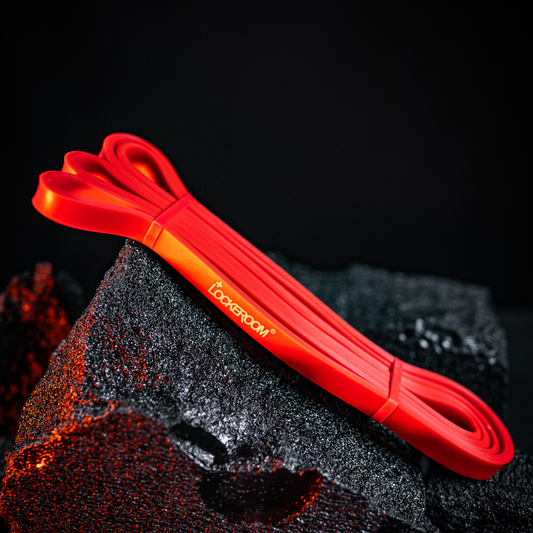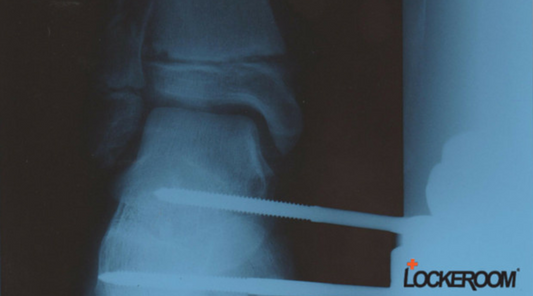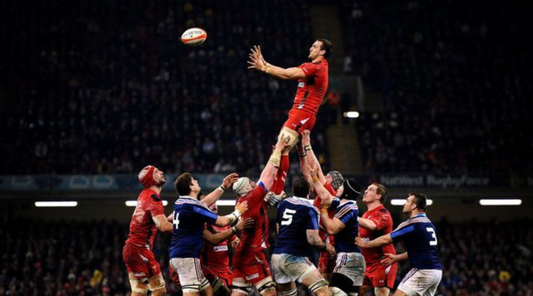
Q&A with Cam
Learn what might be behind your symptoms
Are hamstring injuries common? What causes them and who gets them?
Injuries or strains in the hamstrings are very common. They usually occur during takeoff in running or in periods when running where deceleration/re-acceleration is required.
There is a saying which is repeated often, ‘the person most likely to suffer a hamstring strain is someone who has had a previous strain’, meaning the underlying reasoning for an injury must be addressed early to prevent ongoing issues.
For minor Grade injuries,these injuries are characterized by hamstring soreness or an increased awareness of discomfort in the muscle, which may feel like a mild cramp or tightness. More significant injuries during running are characterized by a ‘pop’ or feeling like they have been ‘hit’ in the back of the leg. A term used is being ‘snipered’!
Delayed Onset Muscle Soreness (DOMS) can also occur, typically as a result of more activity or greater load intensity than what is usual for the individual, without a specific triggering event during the activity.
What sports have the most hamstring injuries and why?
Hamstring injuries are common in sports where running/sprinting is required. These include track athletes and all football players. Injuries are also common in running and jumping sports (ie basketball). Due to their nature all of these sports are explosive, requiring strong acceleration and deceleration as well as very high speed running.
These forces in running where the hamstrings are required to decelerate the knee before ground contact and then almost instantly assist in extending the hip in push off creates tremendous eccentric to isometric forces which can lead to strains or tears if the athlete is not conditioned well enough.
What is the best way to manage a hamstring strain?
The ideal way to manage a hamstring strain is:
Immediately stop playing. Manage pain with ice and compression (Ice Mate)
Seek an assessment to determine the type and degree of hamstring strain you have suffered. This may require imaging ie MRI
Next, as appropriate begin a progressive strengthening program: isometric working through to eccentric and include running rehab (technical drills)
What’s the difference between a Grade 2 and Grade 3 Hamstring injury?
Injuries to the hamstrings can include partial tears (Grade 2) or complete ruptures (Grade 3) injuries.
A Grade 2 injury is a strain, which usually occurs during explosive movements such as running acceleration or deceleration, forceful overstretching, or sudden changes in direction. These strains can range from being moderately painful to very painful, depending on which part of the hamstring muscle is strained ie muscle belly, muscle tendon or musculo-tendonis junction.
These injuries will impact mobility.
Grade 3 injuries involve a complete muscle tear/ rupture and often feel as if being shot in the back of the leg. They are typically accompanied by severe pain and immediate loss of function.
If I completely tear my hamstring, will I need surgery? Will I be able to return to sport?
G3 injuries, or Grade 3 injuries, may necessitate surgery, particularly if the proximal tendon is involved.
If the injury is confined to the isolated muscle, the decision to proceed with surgery often depends on various factors such as the patient’s age, their functional requirements, and their desire to return to specific levels of sports or maintain an active and competitive lifestyle.














